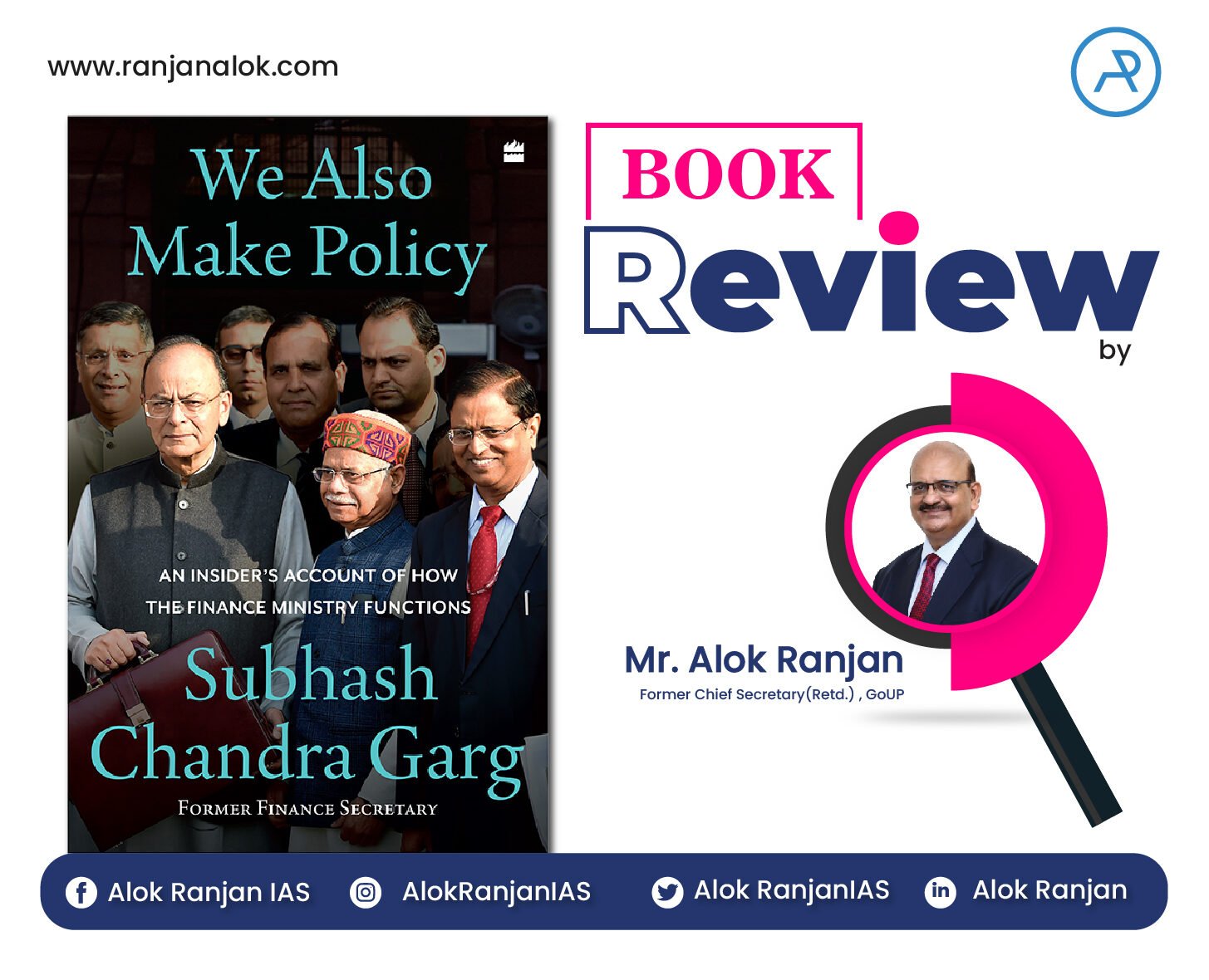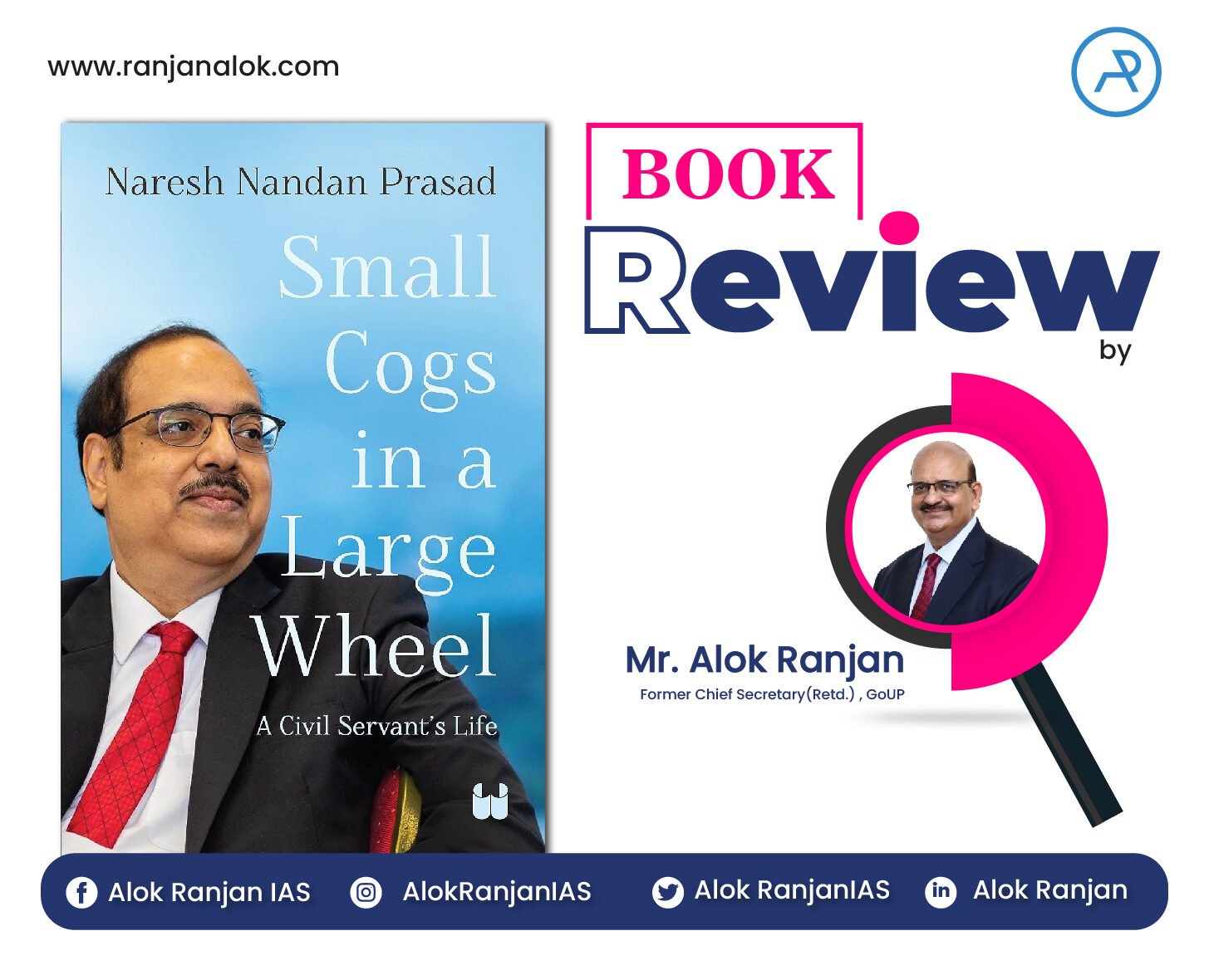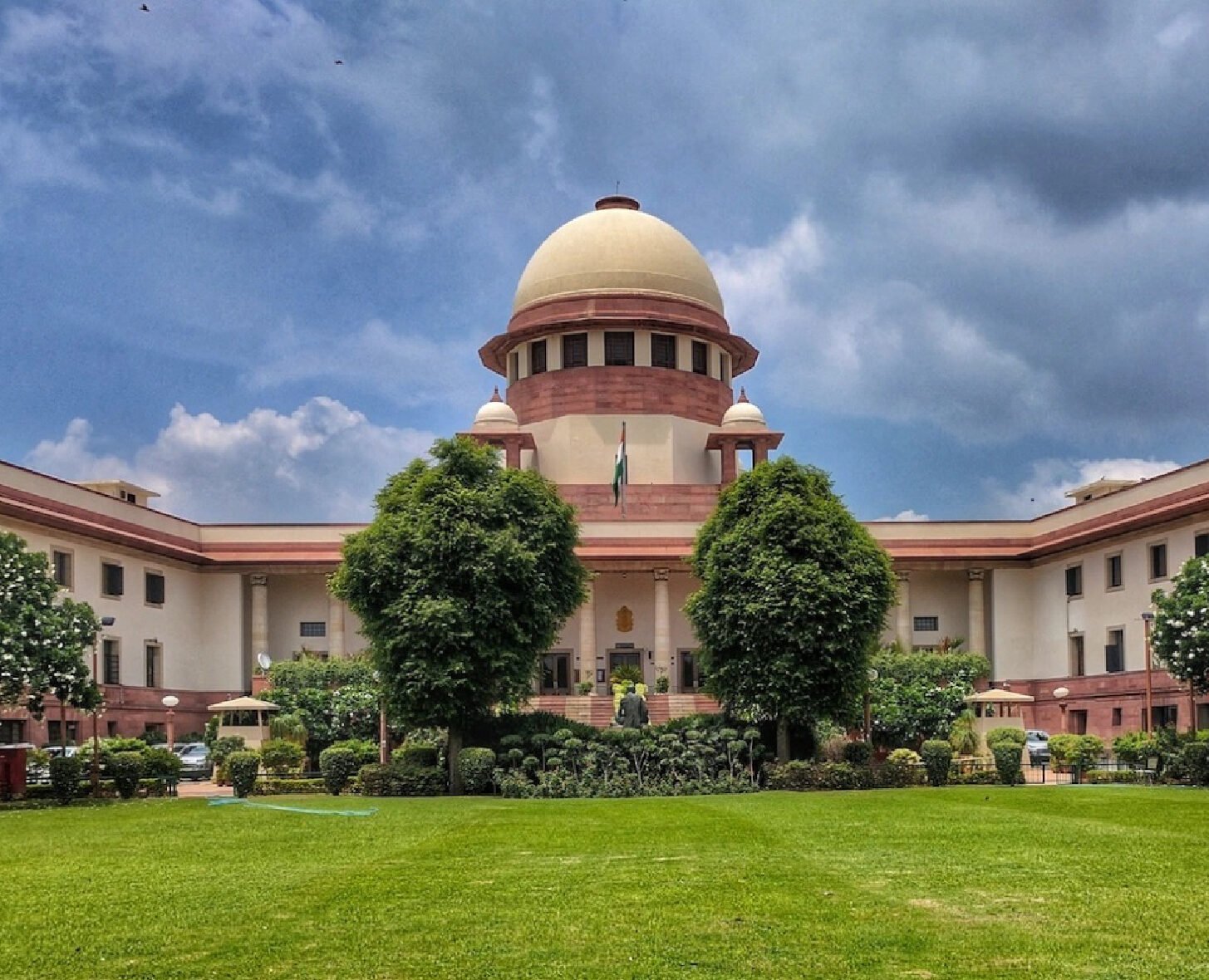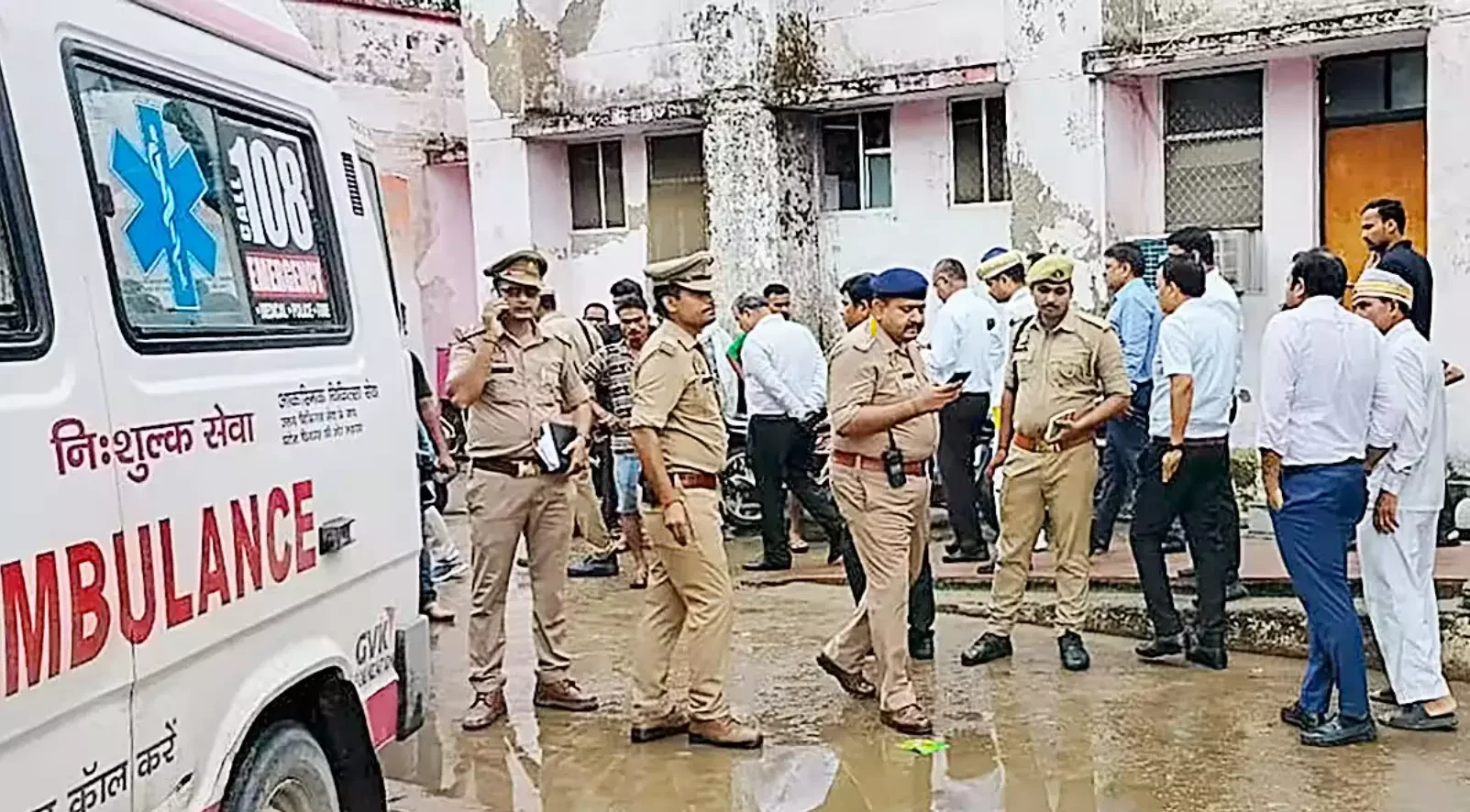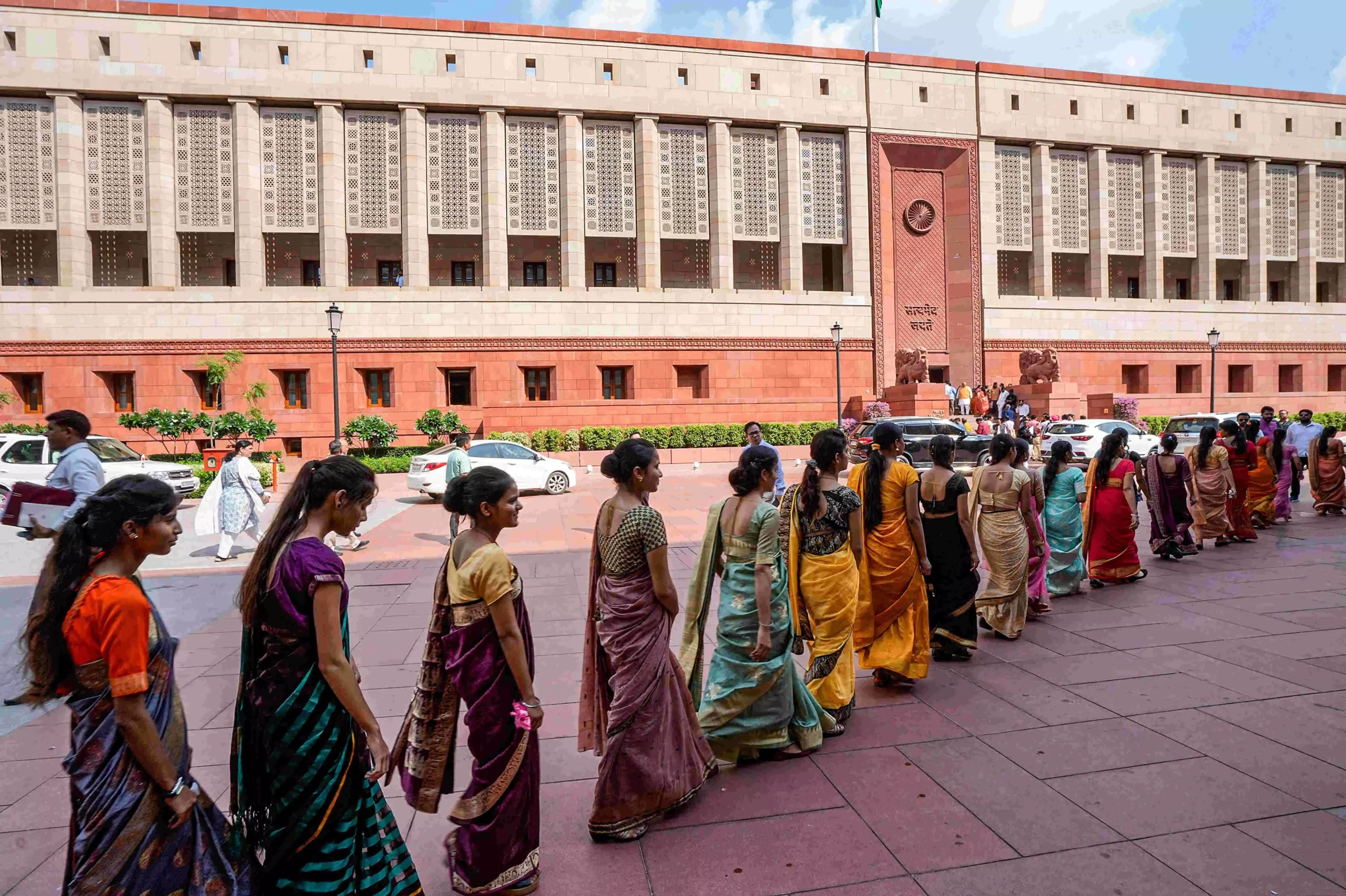Quality Education critical for becoming a developed Nation
Hearing and watching the debates in the parliament and UP State assembly over the last few days on the Budget and the address of the honorable President of India and Governor respectively it struck me that, perhaps, the most important area of discussion should have been the status of education. India is a young nation with a median age of 29 and a major proportion of the population falling in the category of youth. If equity in education is not pursued as a cherished goal then we will be doing a great disservice to the nation. The road map to make India a developed nation has to put education at the very top of its agenda. If we cannot impart quality education to our youth then we will not able to provide social justice, economic development and political empowerment to all sections of society and the aspiration of India to become a developed nation would remain a dream.
There is cause for concern about the learning outcomes of our children at the school level and even at the higher education level. The greatest worry should be about our school children who evidently do not even possess the foundational literacy and numeracy skills. The recent ASER (Annual status of Education Report) 2023 surveyed youth in the age group of 14 to 18 years in which it found that the position regarding enrollment in the age group of 14 to 18 year old is reasonably good but for the 18 year old it is 32.6 % which is definitely on the lower side and means that a large proportion would enter the working age population without high school education. It is also disturbing to note that most of the young people in this age group were enrolled in the humanities stream (55.7%) followed by STEM at 31.7%. These children in the humanities stream are likely to have issues of employment in a job environment where technology is the disruptive force. Only 5.6% of the youth are taking vocational training further hindering their job prospects.
Regarding foundational skills of these youth in the age group of 14 to 18 about 25 % cannot read a standard II level text in the regional language. Only 43.3% can do simple division and only a little over half can read sentences in English and most of them do not understand the meaning of what they are reading. The functional application of knowledge is also not of the required level. The survey strongly brings out the point that the youth is not being equipped with essential knowledge and skills. The report clearly focuses on the point that India will not be able to make full use of its demographic dividend as these young people will not be able to contribute according to their innate ability.
The above survey report regarding the youth in the 14 to 18 age group suggests that the Governments both at the centre and the states will have to take remedial teaching packages for them so that they come up to the desired level. This will call for a reorientation of teaching at the secondary school level. If this is not done then these children will not be in a position to pursue higher education without which it is not possible for India to become a knowledge economy and becoming a developed nation would remain an unfulfilled dream. It is also important that facilities for science education increase and in accordance with the national education policy 2020 (NEP) more youth opt for vocational education so that they become employable. My view is that as brought out in the NEP the youth should be encouraged to take cross functional courses and not be pursuing only humanities or science. Students of humanities need to have full exposure to computers and related courses so that they do not become victims of digital divide. In fact courses in coding and basic computer knowledge should be introduced from the class 6 level.
The aim of the NEP is that the GER (Gross Enrollment ratio) which is currently at 26.3% should be raised to 50% by 2035. This is not only a laudable goal but also essential for India’s development. However if the level of students at the secondary school level is qualitatively so poor then how will they become feeders to the higher education stream?
Incidentally, if we take the ASER report of 2022 regarding age group 6 to 14 There is an improvement in the level of enrollment at early childhood and primary educational level but the learning outcomes leave a lot to be desired. The worrying part as that the children’s basic knowledge of arithmetic and language is still very poor and the alarming thing is that it has declined over the 2018 level. This can be attributed to the damaging effect of the pandemic. For instance the proportion of children of class 5 who could read a class 2 level text fell from 50.5% in 2018 to 42.8% in 2022. Similarly the children in class 5 who could do simple division questions have fallen from 27.9% in 2018to 25.6% in 2022. These children require special attention in the form of summer school or extra classes. My personal experience with literacy programmes has been that there are a lot of volunteers amongst the senior school and college going boys and girls at the village level and city level who can be roped in to provide this remedial education. In fact, I have often felt that students in institutions of higher learning should be mandated to adopt primary schools to improve the learning outcome at that level.
It is clear that the quality of education being imparted at the school level do not fulfill the criteria of either equity or quality. A mission approach which does not work in silos and with specific parameter of learning outcomes to be achieved within a specified time frame is the need of the hour. The political will to do this is essential and this should be a major narrative in the manifestos of the political parties. Administrative leadership and making quality teachers available along with using modern techniques would be required to implement things at the ground level where the real problem lies. Education is the single most important factor which will push India into the take-off path to be coming a developed nation and make this century rightfully an Indian One.


